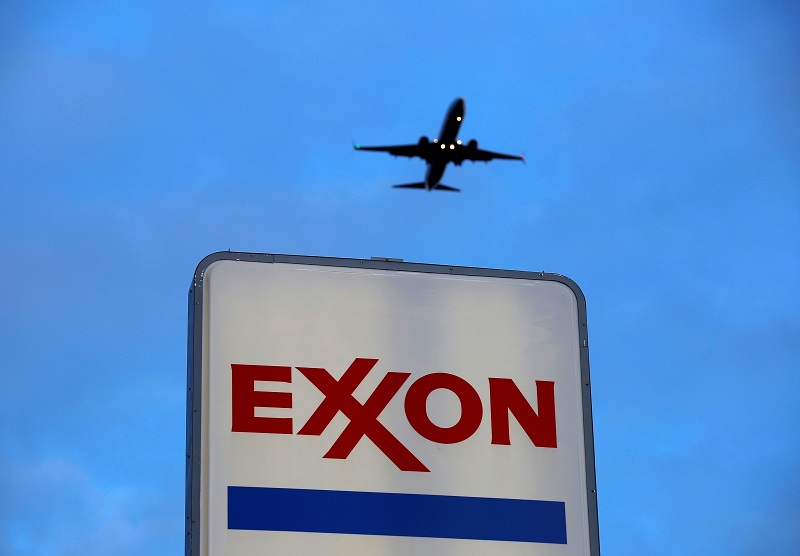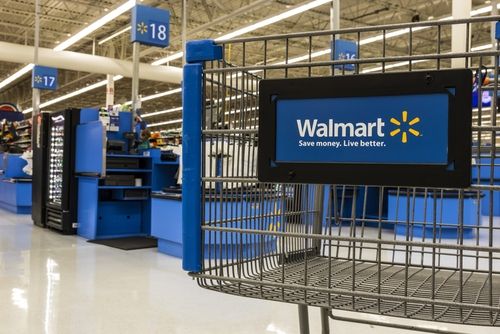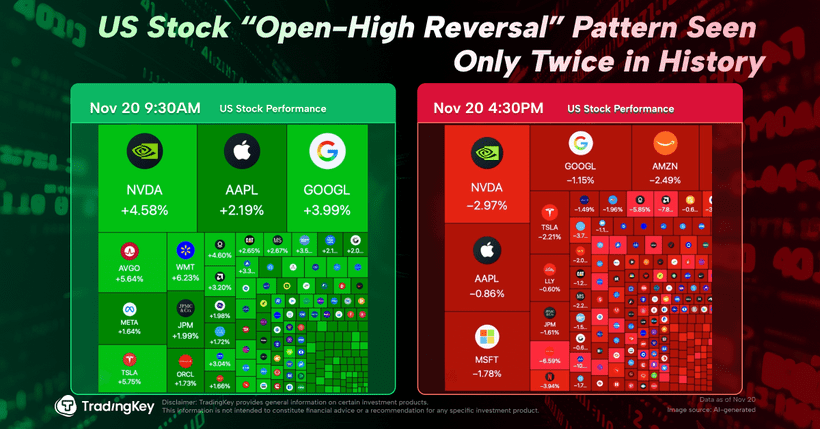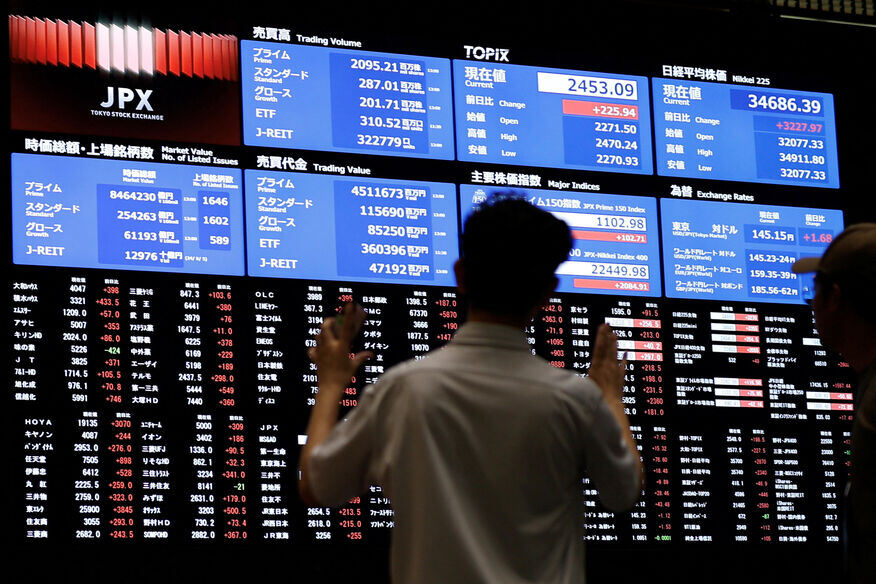[Reuters Analysis] Record production at Exxon and Chevron humbles European rivals: Bousso


- Exxon, Chevron oil and gas production hit record in Q2
- Shell production drops to lowest in at least 20 years, BP's drops from year ago
- European majors hope to close a valuation gap with US rivals
By Ron Bousso
LONDON, Aug 5 - When playing catch up, picking up the pace may not be enough. One also has to hope rivals don't accelerate. Just ask Europe’s energy majors.
Exxon Mobil XOM.N and Chevron's CVX.N bumper oil and gas output in the second quarter served as a sobering reminder to their European rivals of the ferocious challenge the latter face in their attempts to close the production gap that has expanded in recent years.
Exxon pumped 4.63 million barrels of oil and gas equivalent per day (boed) in the second quarter, up by 6% from a year ago and a record for the period, following last year's $60 billion acquisition of Pioneer Natural Resources and rising output from low-cost operations in the Permian shale basin in the United States and offshore Guyana.
The Texas-headquartered company is targeting between $27 and $29 billion in capital expenditures this year and aims to increase output to 5.4 million boed by 2030. And CEO Darren Woods signalled the company was willing to make further upstream acquisitions.
Smaller rival Chevron also posted its highest-ever quarterly production of 3.4 million boed, up 3% on the year, on the back of rising output in the Permian and in Kazakhstan. Output is set to rise by up to 500,000 boed in the third quarter after Chevron completed the acquisition of Hess earlier this month, following a lengthy, bitter legal battle with Exxon.
The story is quite different in Europe.
Shell's SHEL.L production dropped 4.2% to 2.65 million boed, the lowest in at least 20 years, reflecting recent asset sales and the British energy company’s lower spending on oil and gas exploration earlier this decade, in its efforts to shift away from fossil fuels.
At BP BP.L, production suffered a 3.3% annual decline to 2.3 million boed, also due to lower investment in recent years. And while France’s TotalEnergies TTEF.P grew production by 3.6% from a year ago, its output of 2.5 million boed is still well behind that of its U.S. rivals.
Worryingly for these European giants, the window of opportunity to grow output meaningfully is narrowing in this capital-intensive industry, where it takes years to develop projects, competition from rising OPEC supplies is intensifying and the longer-term outlook for oil demand remains hazy amid the energy transition.
MODEST GROWTH
The European trio’s oil and gas production targets are also rather modest compared with Exxon and Chevron’s aggressive strategies.
TotalEnergies – which has maintained the most consistent strategy among the three – aims to increase output by 3% on an annual basis between 2024 and 2030. BP last year abandoned a target to sharply reduce output by the end of the decade and now aims to keep production roughly stable at 2.3 to 2.5 million bpd. Shell aims to grow oil and gas production by 1% annually into 2030.
Shell aims to hold upstream and integrated gas capital spending flat between 2022 and 2028 at $12-$14 billion per year. The company plans to start up around five upstream projects by 2027, but it has relatively limited reserves to sustain and grow its production over the long-term, meaning it will likely seek to acquire assets or another company.
BP, which has been in deep turmoil following a leadership and strategy crisis which began in 2023, has plans for several new upstream projects in the coming years, including in Iraq and a complex development in the Kaskida field in the Gulf of Mexico.
And the UK group announced on Monday that it had made its biggest oil discovery in 25 years in the Bumerangue block in offshore Brazil. If the discovery holds significant commercial volumes, it could certainly offer the company meaningful financial uplift, but once again, development would take years and billions of dollars.
VALUE AND VOLUME
Of course, larger oil and gas volumes do not necessarily equal stronger shareholder returns, but upstream operations have long been the core driver of profits – and this continues to be reflected in valuations today.
Exxon's price-to-cash flow ratio, a key valuation metric, of 8.2 compares with Chevron's 7.7, which both far exceed Shell's 5.1, TotalEnergies' 4.6 and BP's 3.6, according to LSEG data.
Importantly, the energy sector as a whole is fighting for a smaller pool of capital. It accounts for less than 5% of the S&P 500 index, down from a peak of 16% in 2008, reflecting years of weak returns, massive energy price volatility and growing environmental pressures.
Given this backdrop, Europe’s energy majors have been focused on driving down costs and improving operations, while moderately growing upstream production following years of lower investment when they rolled out energy transition strategies between the late 2010s and 2023.
But these new strategies to attract a shrinking pool of investment capital may be too little too late, because even if the Europeans speed up production, Exxon and Chevron won’t be standing still.
Enjoying this column? Check out Reuters Open Interest (ROI), your essential new source for global financial commentary. ROI delivers thought-provoking, data-driven analysis. Markets are moving faster than ever. ROI can help you keep up. Follow ROI on LinkedIn and X.







